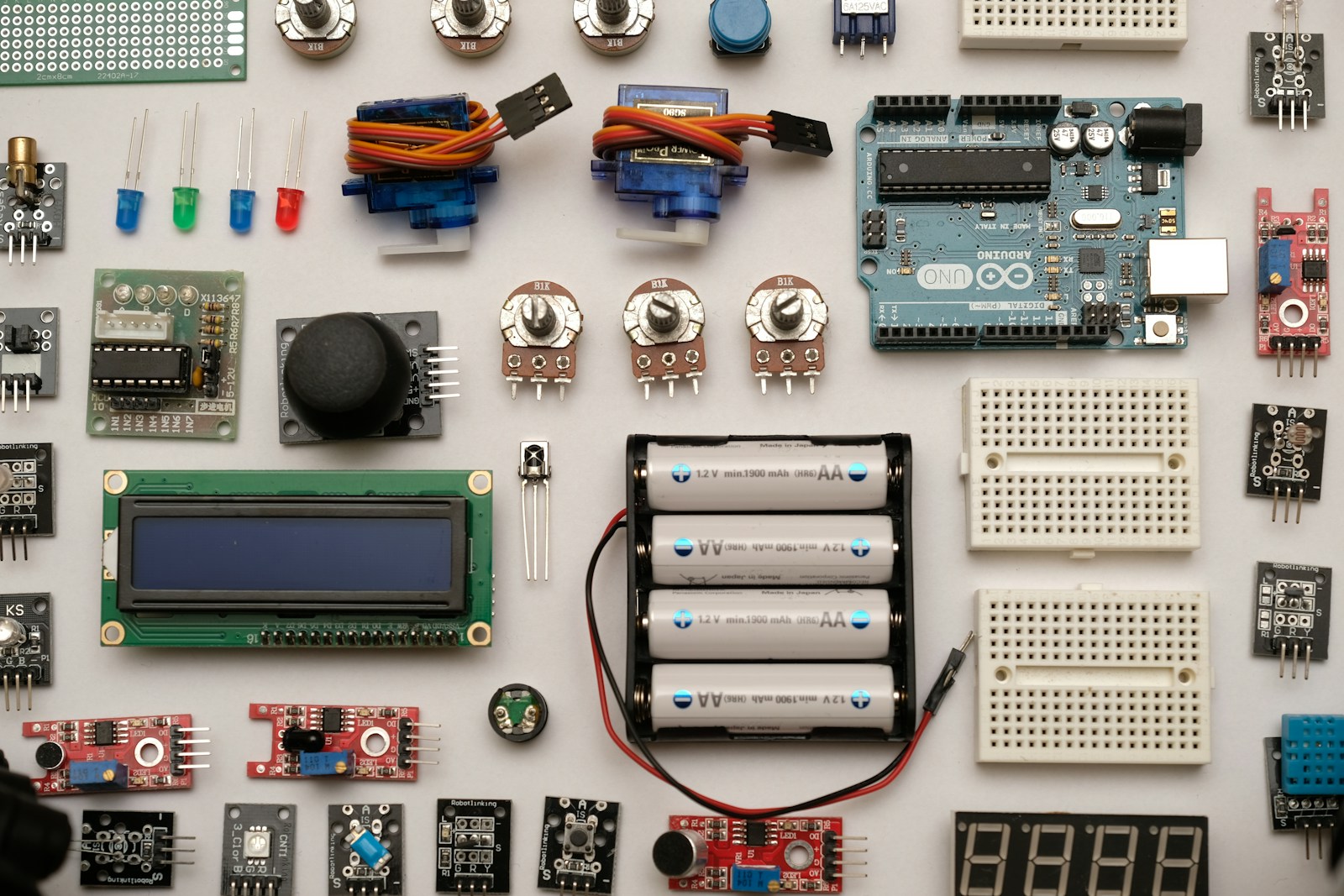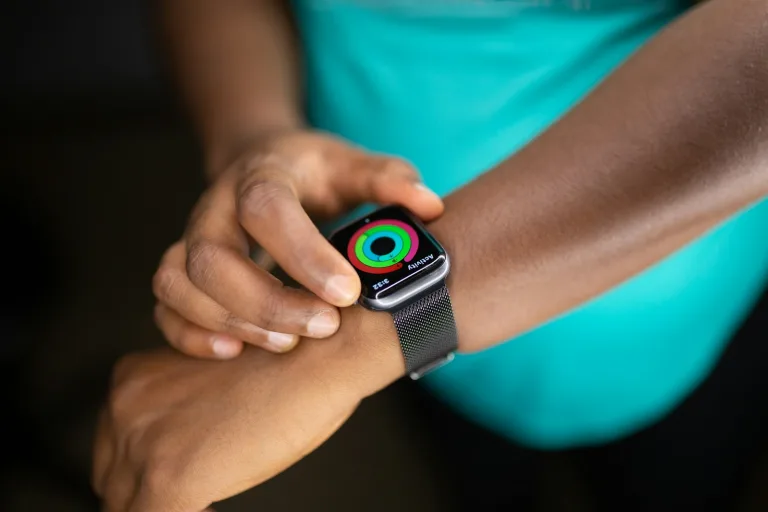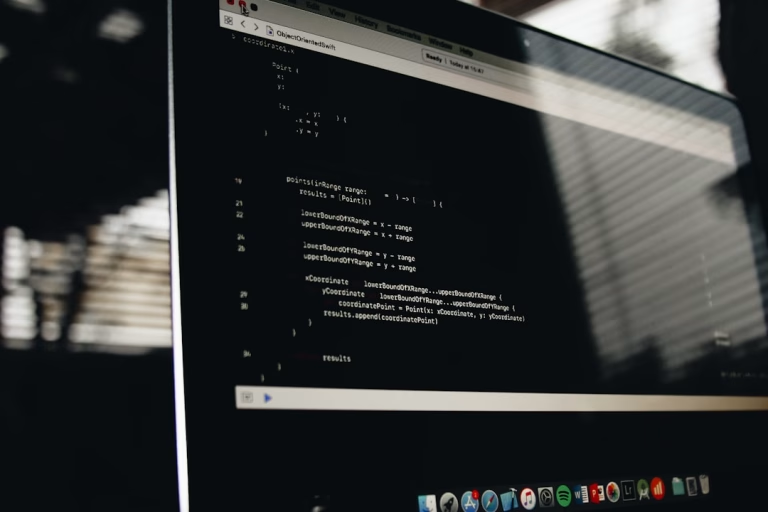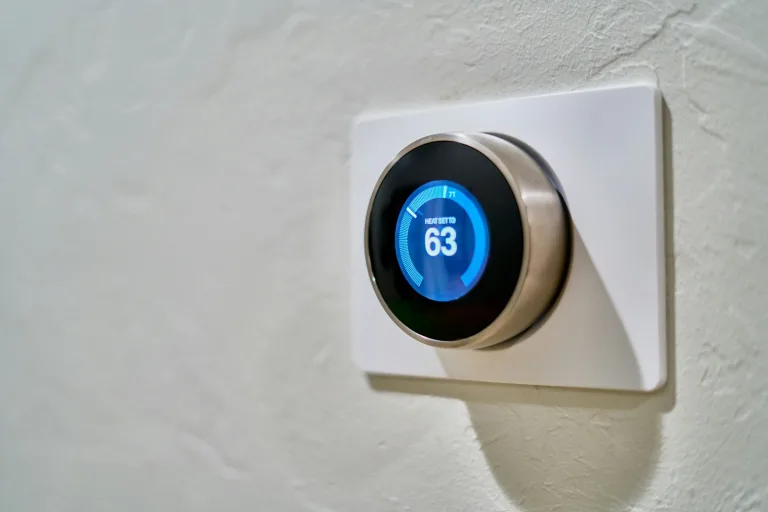The Internet of Things (IoT): From Smart Homes to Industrial Solutions

The Internet of Things (IoT) is transforming our world, connecting everyday devices to the internet to automate tasks, gather data, and improve efficiency. From smart homes that enhance comfort and security to sophisticated industrial IoT solutions that optimize manufacturing processes, the applications of IoT are vast and varied. This comprehensive guide explores how IoT is being integrated into different sectors, detailing its benefits, challenges, and future potential.
Understanding IoT
The Internet of Things refers to the network of physical devices, vehicles, home appliances, and other items embedded with sensors, software, and other technologies for the purpose of connecting and exchanging data with other devices and systems over the internet. These connected devices collect and transmit data, enabling greater automation and analytics.
IoT in Smart Homes
Smart home technology is one of the most familiar applications of IoT. Devices such as smart thermostats, connected refrigerators, and voice-activated assistants like Amazon Echo and Google Home make life more convenient and can help reduce energy use. For example, smart thermostats can learn a household’s routines and adjust heating and cooling to maximize comfort and efficiency.
IoT in Healthcare
In the healthcare sector, IoT devices offer potent solutions for remote monitoring and chronic disease management. Wearable devices can track vital signs, and implanted devices can deliver medication and monitor body functions. IoT applications in healthcare not only help improve patient outcomes but also reduce healthcare costs by minimizing unnecessary visits and hospital stays.
IoT in Manufacturing
Industrial IoT (IIoT) plays a crucial role in manufacturing. Sensors can track machine performance, predict failures, and schedule maintenance before breakdowns occur, significantly reducing downtime. IIoT can also streamline supply chain management, improving inventory tracking and management.
IoT in Agriculture
In agriculture, IoT technologies enable precision farming. Sensors measure soil moisture and nutrients, drones monitor crop health, and automated systems adjust water and pesticide levels. This results in higher crop yields and reduced resource use, contributing to more sustainable farming practices.
IoT in Transportation and Logistics
IoT devices are used in transportation and logistics to optimize route planning and fleet management. Sensors monitor vehicle health, track location, and even manage cargo conditions, improving efficiency and safety in logistics operations.
Challenges Facing IoT
Despite its vast potential, IoT faces several challenges:
- Security: With millions of devices connected to the internet, securing IoT systems against cyber threats is critical.
- Privacy: The vast amounts of data collected by IoT devices raise significant privacy concerns.
- Interoperability: As IoT devices often come from different manufacturers with proprietary systems, ensuring they work together seamlessly is a challenge.
- Scalability: As IoT networks grow, maintaining performance and managing data efficiently become increasingly complex.
Future of IoT
Looking ahead, the future of IoT is poised for exponential growth. Innovations in AI and machine learning are expected to make IoT devices smarter, enhancing their ability to make autonomous decisions. Additionally, advancements in 5G technology will significantly improve the speed and reliability of IoT communications.
Conclusion
The Internet of Things is reshaping industries, creating smarter cities, more efficient manufacturing, and personalized healthcare solutions. As technology continues to evolve, IoT will play an increasingly central role in our digital world.






